Incontinence is one of the chronic conditions affecting men and women in their old age. It’s prevalent in women above 50. However, incontinence is also a problem among middle-aged adults and individuals suffering from transcient urinary problems.
Unfortunately, incontinence comes with a lot of embarrassment and complications. In addition to dealing with the issue of leaks, incontinence can cause several problems to your skin, like dermatitis, soreness, itchiness, and local skin infections. These may present with uncomfortable symptoms like itchiness, pain, and swelling. Although absorbent pads can mitigate embarrassing leaks, more has to be done to care for your skin. Here is how to care for your skin while living with incontinence:
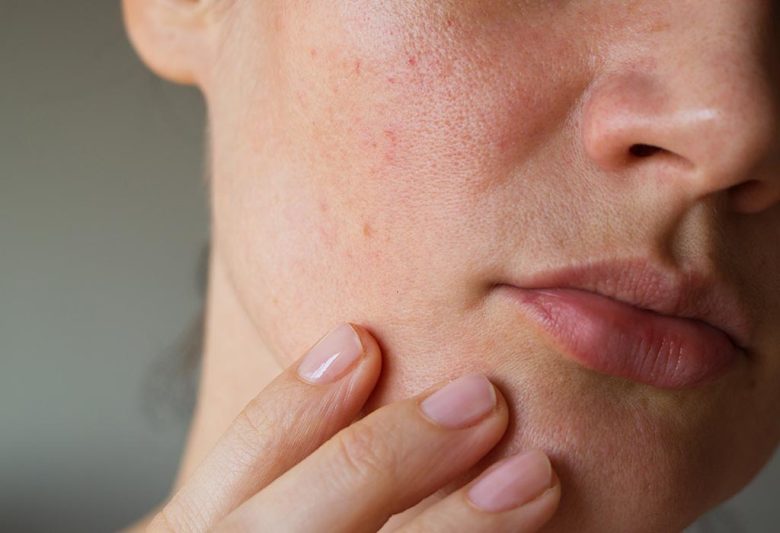
Source: droliviaclinic.com
Contents
Use of skin care products
The most common approach to skincare among people with incontinence is cleaning with soap and water. Although this will keep leaks off your skin, it does little to maintain the health of your skin. As a result, many people suffer skin dryness and irritation. Fortunately, special cleansers are available for cleaning the impacted areas without causing skin dryness. Furthermore, the cleansers come in different forms to meet the users’ preferences.
Skin powder is one of the most popular products available for those with incontinence and moist skin. The powder is designed to maintain optimal skin moisture and reduce the risk of developing irritation. There are several skin powders on the market, but it’s advisable to use a skin powder with antifungal properties.
The perennial cleanser is another standard skin care product that perfectly prevents skin inflation and irritation from the accumulation of moisture. The cleansers are identified as soapless and great for delicate skin.
In addition, there are other skin care products available to people with incontinence, such as moisturizing lotion, barrier ointment, film-forming skin protectants, and antibacterial creams. However, it’s important to ensure the products applied to the skin match the skin’s pH, moisture content, and sensitivity. Moreover, it’s important to moderate the use per the manufacturer’s guide and clean the impacted areas before using any skin products.
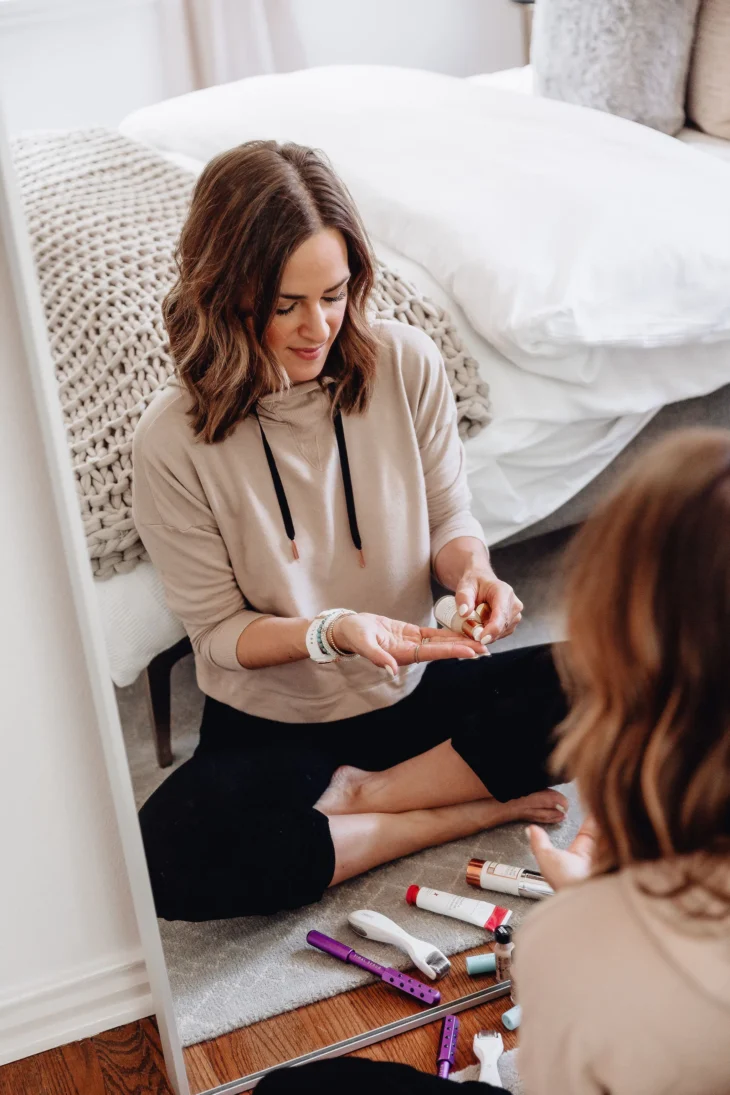
Source: thestripe.com
Skin care tips:
– Use a moisturizer during the day to keep your skin hydrated. Incontinence can make dry skin more prone to cracking and peeling.
– Avoid using harsh soaps and cleansers on your skin. These can often aggravate dry skin and also lead to incontinence.
– Rinse off with warm water. Make sure to wash all over your body, including your hair, face, and scalp. If you have oily skin, use a gentle soap instead of plain water.
– Pat dry with a towel. Do not rub the skin too hard as this can cause irritation.
– Moisturize your underarms regularly as they are one of the most commonly affected areas. If you experience wetting outside the bathroom, it may be because you’re not moisturizing your underarms enough.
– Exfoliate your skin regularly to remove built-up oils and dead skin cells. This will help reduce inflammation and promote smoother, healthier skin.
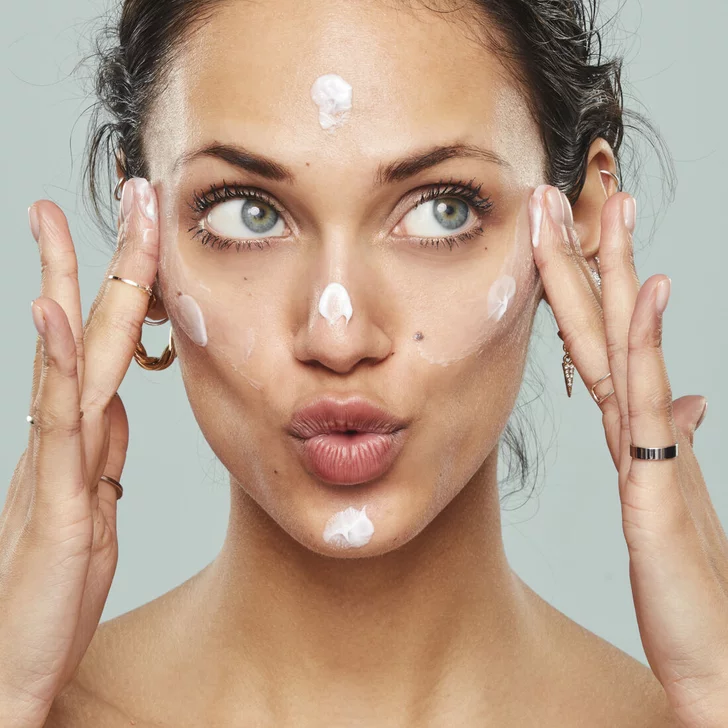
Source: goodhousekeeping.com
Prevention of skin disorders
Prevention is better than cure. Therefore, following certain practices can avert incidences of inflammation and itchiness of the skin for people with incontinence. Here are some worthwhile routines.
Firstly, changing the used absorbent material as often as possible helps prevent excess moisture accumulation close to the skin. Therefore, it’s essential not to delay changes and stick to a strict schedule.
Secondly, cleaning and drying the skin instantly after leakages or bowel movements ensures the area is clean, and no irritants are left on the surface.
Lastly, it’s important to use the correct pads. A good pad should have high absorbency, high material quality, and no irritants. If you are lost on which products to buy, you can always check out reviews, do some research or ask a professional.
Special arrangements must be in place for people with disabilities, wheelchair users, or bedridden patients with incontinence to ensure proper skin care. The caregivers frequently change pads, clean sensitive areas, and turn the individual. Although family members can offer assistance, a professional caregiver may be the only person who can guarantee quality care in some severe cases.
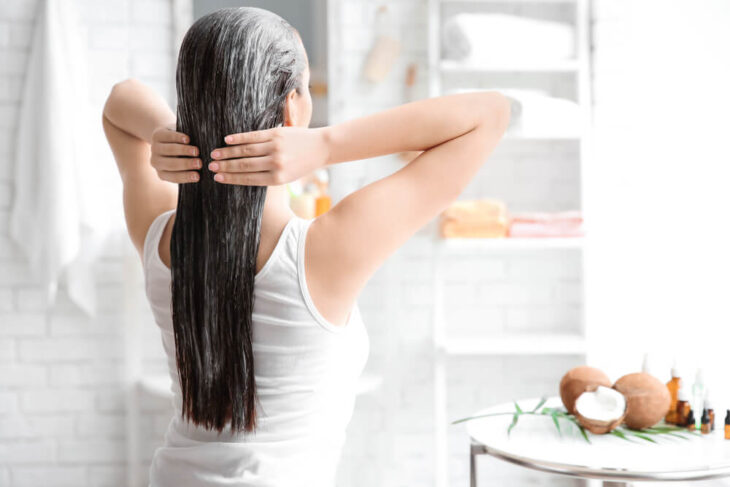
Source: evalectric.com
How to Choose a Skin Care Solution That Suits Your Needs
If you are living with incontinence, it’s important to find a skincare solution that suits your needs. Here are some tips to help choose the best skin care solution for you:
-Start by assessing the areas of your body that are most affected by incontinence. This will help you identify which areas require more concentrated treatment. For example, if you experience leakage around the sides of your underwear, then your skincare solution should focus on this area.
-Next, consider your lifestyle and habits. Are you usually active or inactive? Do you wear heavy clothing or swim frequently? These factors will affect the type of skin care solution that is best for you. For example, if you’re inactive and don’t sweat excessively, a hydrating cream may be the best option for you. If you’re an active person and tend to wear sweatpants all the time, a light moisturizer may be better suited for your needs.
-Finally, take into account your budget. Some skin care solutions are more expensive than others, but they may be worth it if they improve your overall health. For example, a serum that helps reduce wrinkles may be more expensive than a moisturizer, but it may be worth the investment if it helps you feel more confident and improves your skin’s appearance.
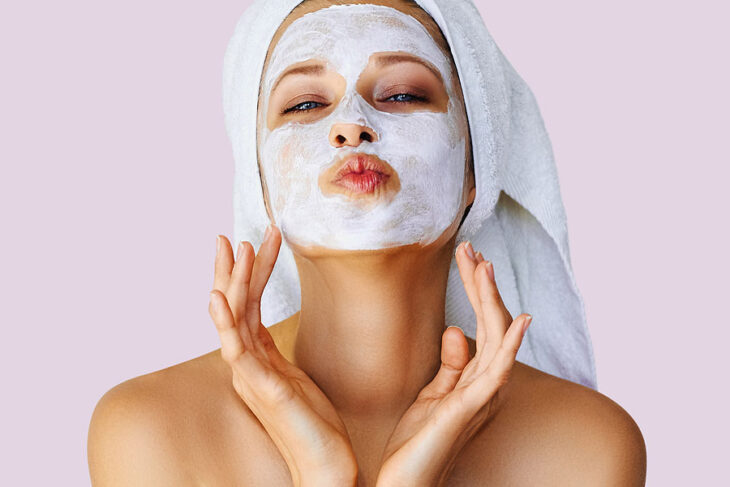
Source: katemaki.com
What are the best ways to deal with blemishes?
It can be tough to get rid of blemishes, but there are a few things you can do to help. Here are some tips:
-Knead a small amount of Oatmeal, Baking Soda, or Honey into a paste and apply it to the blemish using your fingertips. Leave it on for about 20 minutes and then rinse off with cool water. This will help to soothe and calm the skin.
-Mix 1 part apple cider vinegar to 3 parts water and pour it over the blemish. Rub it into the skin until it is wet, then leave it on for 10 minutes before washing off. This will help to clear up the blemish and kill any bacteria that may be causing it.
-Apply a home remedy made from tea tree oil, lavender oil, and honey. Use a cotton ball to apply the mixture to the blemish, then leave it on for 10 minutes before washing off with cool water. This will help to treat the blemish and relieve any pain or itchiness.
All in all, living with incontinence means taking special care of your skin. Plenty of procedures and products are available to ensure you don’t suffer irritation or discomfort. Take advantage of the solutions.
